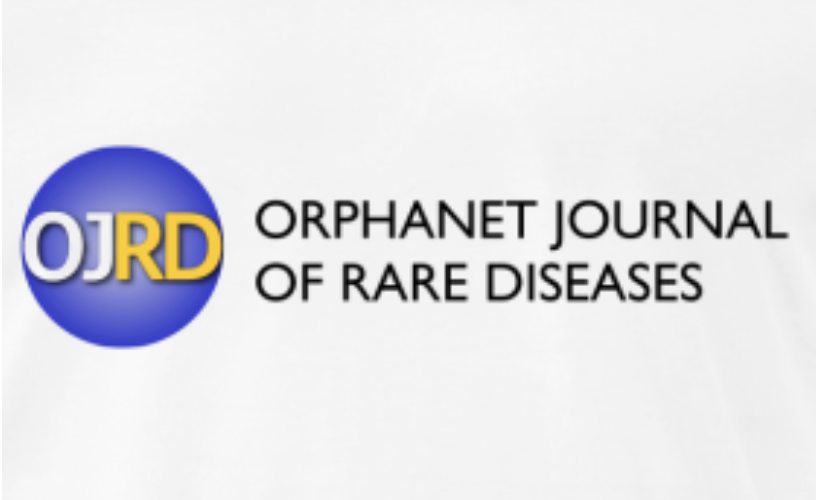The natural history of infantile neuroaxonal dystrophy
Background

Infantile neuroaxonal dystrophy (INAD) is a rapidly progressive neurodegenerative disorder of early onset causing premature death. It results from biallelic pathogenic variants in PLA2G6, which encodes a calcium-independent phospholipase A2.
Objective
We aim to outline the natural history of INAD and provide a comprehensive description of its clinical, radiological, laboratory, and molecular findings.
Materials and methods
We comprehensively analyzed the charts of 28 patients: 16 patients from Riyadh, Saudi Arabia, 8 patients from North and South America and 4 patients from Europe with a molecularly confirmed diagnosis of PLA2G6-associated neurodegeneration (PLAN) and a clinical history consistent with INAD.
Results
In our cohort, speech impairment and loss of gross motor milestones were the earliest signs of the disease. As the disease progressed, loss of fine motor milestones and bulbar dysfunction were observed. Temporo-frontal function was among the last of the milestones to be lost. Appendicular spastic hypertonia, axial hypotonia, and hyperreflexia were common neurological findings. Other common clinical findings include nystagmus (60.7%), seizures (42.9%), gastrointestinal disease (42.9%), skeletal deformities (35.7%), and strabismus (28.6%). Cerebellar atrophy and elevations in serum AST and LDH levels were consistent features of INAD. There was a statistically significant difference when comparing patients with non-sense/truncating variants compared with missense/in-frame deletions in the time of initial concern (p = 0.04), initial loss of language (p = 0.001), initial loss of fine motor skills (p = 0.009), and initial loss of bulbar skills (p = 0.007).
Conclusion
INAD is an ultra-rare neurodegenerative disorder that presents in early childhood, with a relentlessly progressive clinical course. Knowledge of the natural history of INAD may serve as a resource for healthcare providers to develop a targeted care plan and may facilitate the design of clinical trials to treat this disease.
To read click here.
